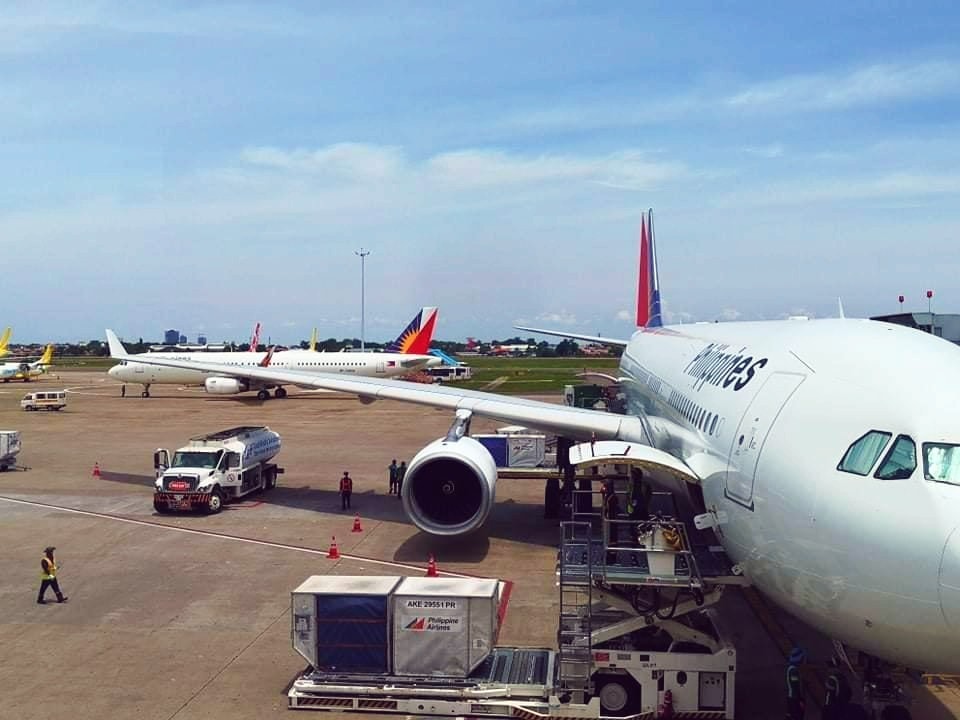In mid-July, news surfaced that Cebu Pacific was discussing with Ayala Land Inc. (ALI) to acquire boutique airline AirSWIFT. Initially reported by The Philippine Star, the budget airline later confirmed the talks, though no concrete deal had been reached at the time.
This Monday morning, however, the narrative took a definitive turn. In a follow-up article published just after midnight, Cebu Pacific reportedly sealed the deal, acquiring AirSWIFT for PHP 1.75 billion. The speculation was laid to rest when Cebu Pacific and ALI Capital Corp. released a joint statement confirming the acquisition.
The Ayalas, according to the statement, chose to divest from AirSWIFT to refocus their efforts on core ventures in property development. For Cebu Pacific, this acquisition marks a significant milestone in its aggressive growth strategy. With AirSWIFT in its portfolio, the low-cost carrier gains a foothold in the premium travel segment, mainly through access to the exclusive El Nido market—a major tourist hub in Palawan.
Cebu Pacific’s aggressive expansion strategy
The acquisition of AirSWIFT comes at a time when Cebu Pacific is ramping up its domestic and regional routes. By the end of 2024, Cebu Pacific plans to introduce over 20 new routes, with recent launches including the highly anticipated Manila-Chiang Mai service in late October.
A steady influx of new aircraft deliveries supports this expansion. Cebu Pacific received its 12th aircraft this year and is on track to reach 17, although achieving this target before year-end remains to be determined. In stark contrast, competitors Philippine Airlines (PAL) and AirAsia Philippines have seen minimal fleet and network growth, with PAL’s most significant development being its new Manila-Seattle route.
The domestic market is where Cebu Pacific stands out. While AirAsia Philippines and PAL have focused on maintaining their existing networks, Cebu Pacific has aggressively pursued new opportunities to strengthen its leadership in the Philippine aviation sector. This latest acquisition reinforces that strategy.
AirSWIFT: a premium opportunity
AirSWIFT has long been known for its premium positioning, specializing in flights from its El Nido, Palawan hub. As the only airline operating at the exclusive Lio Airport, AirSWIFT has cornered a niche but highly lucrative market catering to affluent travelers, both local and international.
Cebu Pacific’s purchase of AirSWIFT allows the low-cost carrier to extend its reach into this premium sector while maintaining its dominance in the budget travel space. It grants Cebu Pacific access to El Nido’s pristine tourist destinations, positioning it to capitalize on the growing demand for both budget and premium leisure travel.
Although Lio Airport will remain under Ayala’s ownership, Cebu Pacific’s integration of AirSWIFT’s routes into its network will create a more seamless travel experience for passengers. Moreover, the acquisition also provides operational synergies—Cebu Pacific and its subsidiary Cebgo already operate ATR aircraft similar to AirSWIFT’s fleet, enabling a smoother transition of resources from ground equipment to crew training.
A smart move for the future
Cebu Pacific’s acquisition of AirSWIFT represents a strategic maneuver to cement its market dominance further. As the airline continues expanding its network and fleet, it can now attract budget-conscious and premium travelers, reinforcing its position as the largest low-cost airline in the Philippines.
This expansion is not just about growth; it’s about strategic market positioning, tapping into new customer segments, and maximizing operational efficiency. This move signals a clear intent: Cebu Pacific is playing the long game, and they are aiming for the dominant spot in the Philippine aviation industry.

























Leave a comment